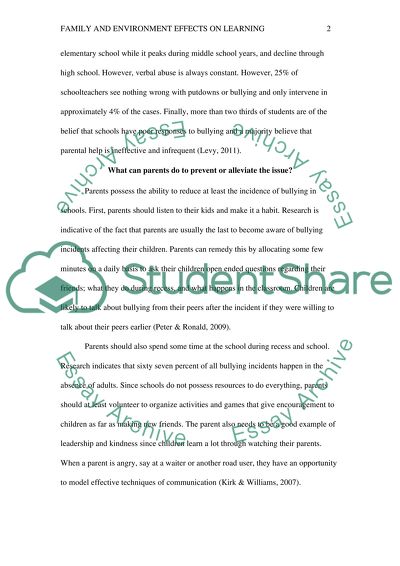Cite this document
(“Family and Environment Effects on Learning Essay”, n.d.)
Family and Environment Effects on Learning Essay. Retrieved from https://studentshare.org/psychology/1464554-family-and-environment-effects-on-learning
Family and Environment Effects on Learning Essay. Retrieved from https://studentshare.org/psychology/1464554-family-and-environment-effects-on-learning
(Family and Environment Effects on Learning Essay)
Family and Environment Effects on Learning Essay. https://studentshare.org/psychology/1464554-family-and-environment-effects-on-learning.
Family and Environment Effects on Learning Essay. https://studentshare.org/psychology/1464554-family-and-environment-effects-on-learning.
“Family and Environment Effects on Learning Essay”, n.d. https://studentshare.org/psychology/1464554-family-and-environment-effects-on-learning.


